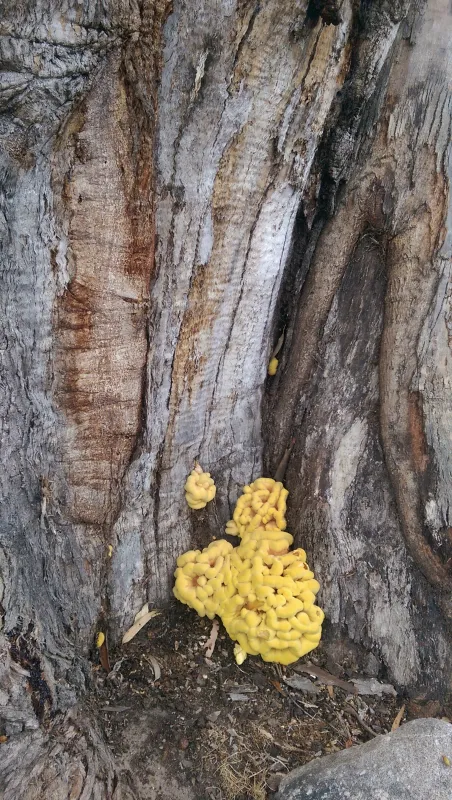Evaluating Tree Defects

In some instances old mature trees can suffer from some mechanical defects and represent a hazard for people and property (Lonsdale, 2000). Falling tree branches can severely injure people and create serious damage to nearby vehicles and buildings. To prevent tree failure that may result in property damage or personal injury, a periodical inspection of mature trees is advised. The inspection would assess and document structural defects such as decay and root defects, split crotches, dead and broken limbs, and/or cracks (Fraedrich, n.d). It is important to effectively identify and evaluate tree defects and conduct a risk assessment based on the magnitude of the hazard, the probability of failure, and the value of what is judged to be at risk (Lonsdale, 2000). The field guide by Hayes (2007) provides a useful set of guidelines for evaluating tree defects. A more comprehensive assessment is provided by Matheny and Clark (1994) in their publication “A Photographic Guide to the Evaluation of Hazard Trees in Urban Areas”. This section will briefly highlight some of the key finding of these field guides, for more details and images please refer to the sources used.
Compiling information pertaining to structural defects, typical growth patterns, as well as information on the environmental and management conditions provides vital knowledge in creating hazard evaluation reports (Matheny and Clark, 1994). Different species differ in their patterns of development, overall strength and structural stability, and are more prone to having different types of failure (root, trunk, and branch failure) (Matheny and Clark, 1994). Monterey pine for example, was recorded to have 50% relative failure frequency tied to branch failure associated with the effect of wind on heavy lateral branches. A management strategy to address this risk is pruning to reduce the weight of the crown (Matheny and Clark, 1994). The other 50% is split between trunk failure (25% due to defects such as crooks) and root failure (25% due to girdling roots that choke off the flow of water and nutrients from the roots to the tree) (Matheny and Clark, 1994).

Evaluating the risk of tree failure is done though a visual tree inspection (VTA), identifying areas of tree decay and probing for decay if needed (Hayes, 2007). Identifying high-risk trees is done based on an evaluation of stem and branch decay using methods that determine the amount of sound wood in the outer wall relative to the stem/branch radius or diameter (Hayes, 2007). Wood decay is caused by a succession of fungi and bacteria that digest cell wall components (Matheny and Clark, 1994). The strength loss threshold for action can be calculated using different formulas (Coder, 1909, Wagener, 1963, Smiley and Fraedrich, 1992 and Mattheck et al., 1992), however, a threshold of a ratio of 30 to 35% of sound wood in the remaining wall is often used as an indicator that action is required to prevent a likely tree failure (Matheny and Clark, 1994; Hayes, 2007). In some cases, thinning the crown, reducing its size and weight can reduce the risk of tree failure (Hayes, 2007).
Some of the first signs that indicate potential tree failure are: leaning tress and root problems (such as inadequate root anchoring and structural weakness), stem failure, trees with 33% or more of roots decayed or missing, open cracks (stem split in half by one or more cracks), weak branch unions (multiple stems and poor branch attachments), and cankers (mechanical wounds, areas of dead sunken or missing bark) (Hayes, 2007). Some of the signs of root decay include: cracks in the lower trunk, loose and dead bark, soil mounding or grade changes, sap flow from lower trunk, conks, fungus fruiting structures and abnormal root flares, diminished or loss or root flares (Hayes, 2007). Furthermore, understanding and being able to accurately evaluate wood decay is an important step in identifying at-risk trees. A tree needs 1 inch or more of sound wood for each 6 inches of stem diameter (Hayes, 2007). For more details on evaluating wood decay, and a description of tree biometrics refer to Hayes (2007) field guide.
